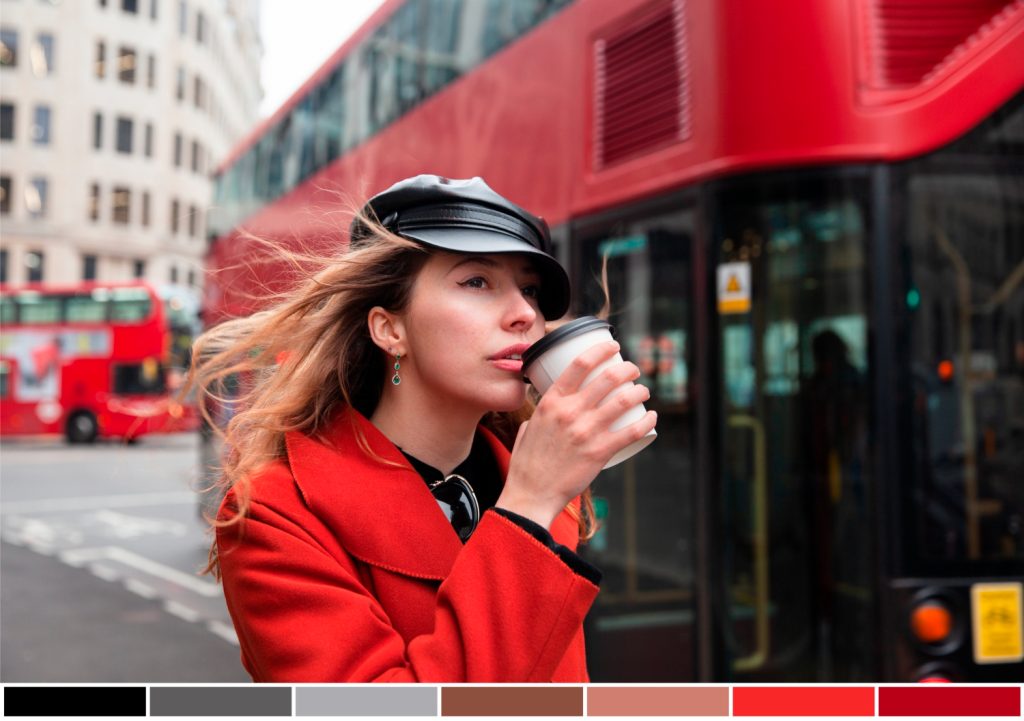Adobe Photoshop is the industry standard for image editing and digital art. However, its subscription-based model and system requirements aren’t suitable for everyone. Luckily, there are several free Photoshop alternatives that offer impressive photo editing, layer support, and graphic design capabilities—many of which are open-source or browser-based.
Whether you need tools for retouching, graphic design, or creating marketing visuals, these Photoshop alternatives will help you get the job done without the cost.
1. GIMP (GNU Image Manipulation Program)
GIMP is the most advanced and popular free Photoshop alternative. It offers a comprehensive set of tools—layers, masks, brushes, filters, and advanced selection tools. It also supports third-party plug-ins and Photoshop-like workflows.
While it has a steeper learning curve, GIMP is ideal for professionals and enthusiasts alike who want high-level photo editing and graphic design features.
Best for: Designers and photographers who want full-featured Photoshop-like functionality for free.
2. Photopea (Web-based)
Photopea is a powerful browser-based image editor that looks and feels a lot like Photoshop. It supports PSD, XCF, Sketch, and RAW files, along with layers, blending modes, masks, and smart objects—all without needing installation.
Because it works in your browser, it’s perfect for quick edits from any device.
Best for: Users who want a Photoshop-style editor with zero downloads.
3. Krita
Originally developed for digital painting and concept art, Krita also works well as a photo editor. It supports layers, masks, HDR painting, color management, and a customizable brush engine.
While it’s more geared toward artists and illustrators, Krita’s photo editing tools are surprisingly robust.
Best for: Digital painters and illustrators who also need image manipulation tools.
4. Pixlr X / Pixlr E (Web-based)
Pixlr X and Pixlr E are online image editors that offer a modern interface and many of the essential Photoshop tools. Pixlr X is for beginners, while Pixlr E offers more advanced editing.
Both include layers, blending, color adjustments, filters, and templates—making them ideal for social media and marketing visuals.
Best for: Quick edits, online design, and accessible tools for all skill levels.
5. Paint.NET
Paint.NET is a lightweight photo and graphics editor for Windows. It supports layers, filters, basic retouching, and plug-ins. It’s easier to use than GIMP but still offers more features than Microsoft Paint.
While it’s not as powerful as Photoshop, it’s fast and efficient for basic to intermediate editing.
Best for: Windows users looking for a simple, effective Photoshop substitute.
6. Darktable
Darktable is a free alternative to Adobe Lightroom but also includes basic image correction tools like exposure, contrast, and cropping. It’s ideal for editing RAW photos and doing non-destructive editing with a clean, professional interface.
It lacks Photoshop’s graphic design tools but excels in photo enhancement.
Best for: Photographers working with RAW images and non-destructive workflows.
7. PhotoScape X
PhotoScape X is a free photo editing suite with tools for batch editing, color adjustment, filters, collage-making, and simple design. It’s not layer-based but is very user-friendly and quick for casual use.
The interface is less intimidating than Photoshop, making it ideal for non-designers.
Best for: Beginners looking for a simple and fun photo editor.
8. Canva (Free Plan)
Canva is not a full Photoshop replacement but is a powerful design tool for creating social media graphics, posters, and presentations. It includes templates, photo filters, background remover (Pro), and basic photo enhancement tools.
While it doesn’t support layer editing, it’s perfect for non-designers making marketing visuals quickly.
Best for: Content creators and marketers who need fast, easy graphic design tools.
9. Fotor
Fotor is a free, browser-based photo editor and design tool that includes filters, effects, collage maker, and basic retouching. It supports one-click enhancements, making it a good choice for beginners or casual editors.
The interface is clean and beginner-friendly, although advanced features are limited to Pro plans.
Best for: Casual users who want quick results without deep editing knowledge.
10. Sumo Paint (Web-based)
Sumo Paint is an online image editor that mimics Photoshop’s layout and tools. It includes brushes, gradients, layers, and a solid set of design tools.
Although it lacks PSD support and some pro-level features, it’s great for quick creative projects from a web browser.
Best for: Students and hobbyists who want a web-based image editor with a familiar feel.
Choosing the Best Free Photoshop Alternative
If you’re looking for a true Photoshop replacement, GIMP and Photopea are your best bets. For online editing, go with Pixlr or Sumo Paint. Artists should check out Krita, while Darktable is excellent for photographers. For quick marketing designs, Canva and Fotor are easy to use and look professional.
With so many powerful free tools available today, it’s never been easier to create, edit, and design without an Adobe subscription.







